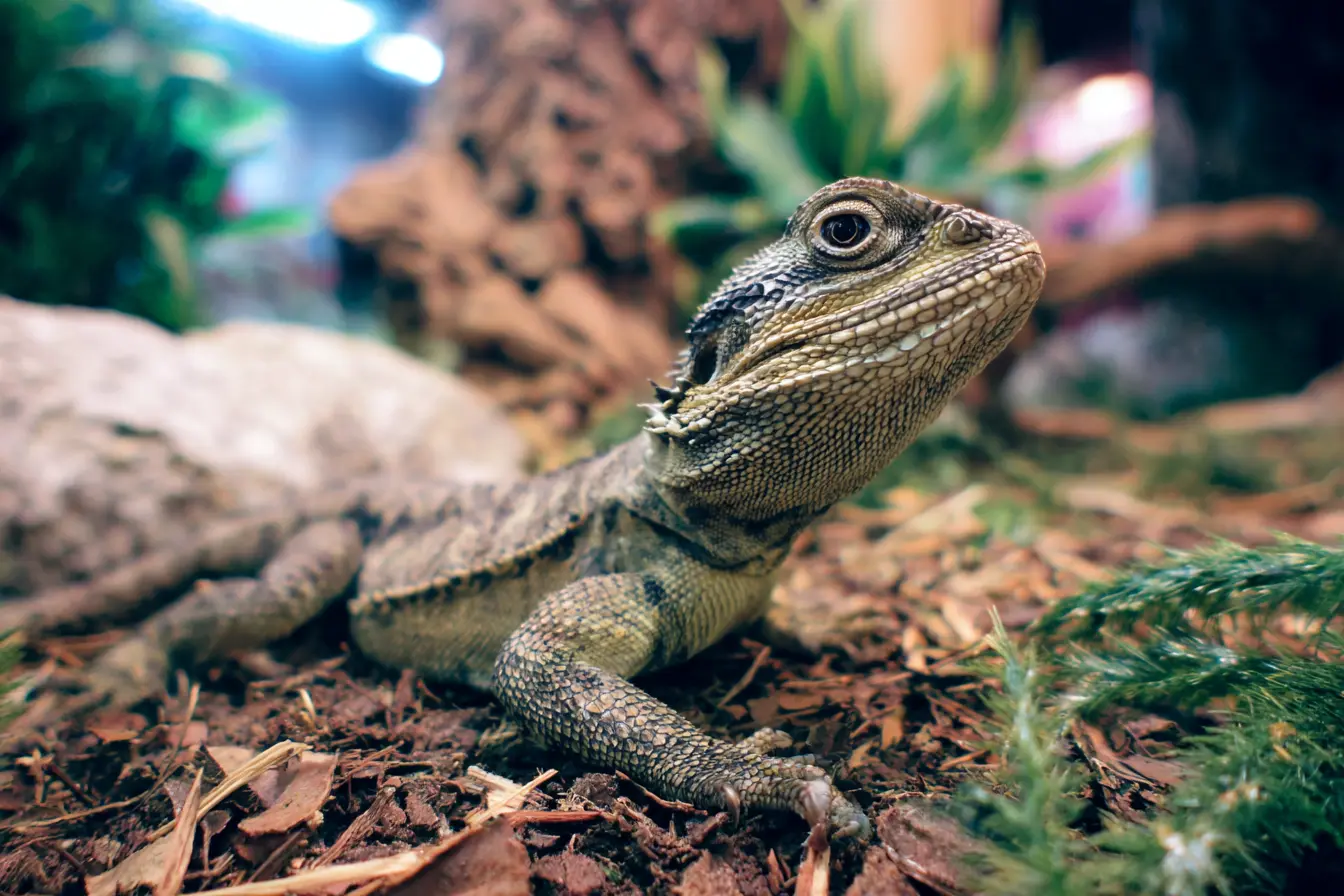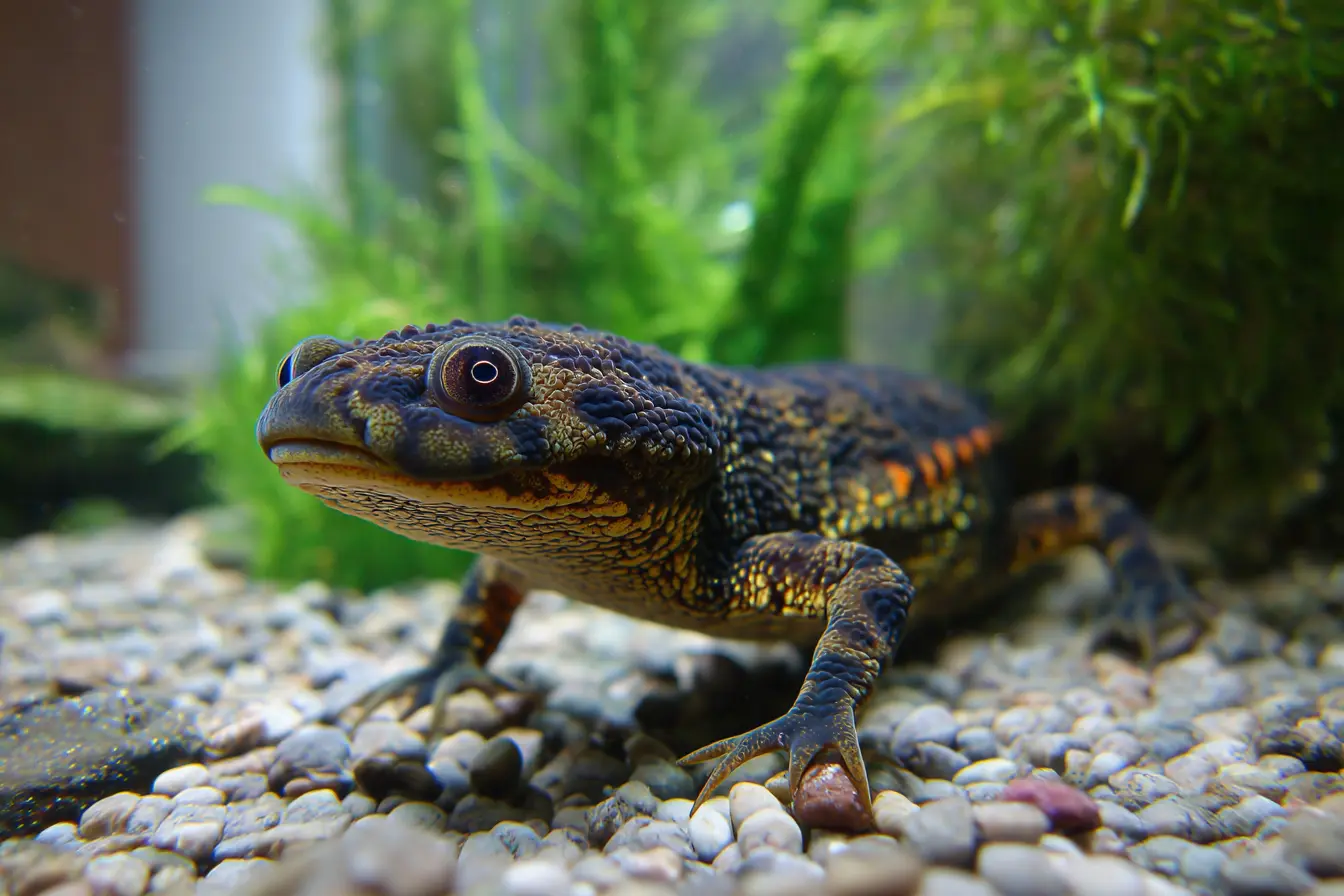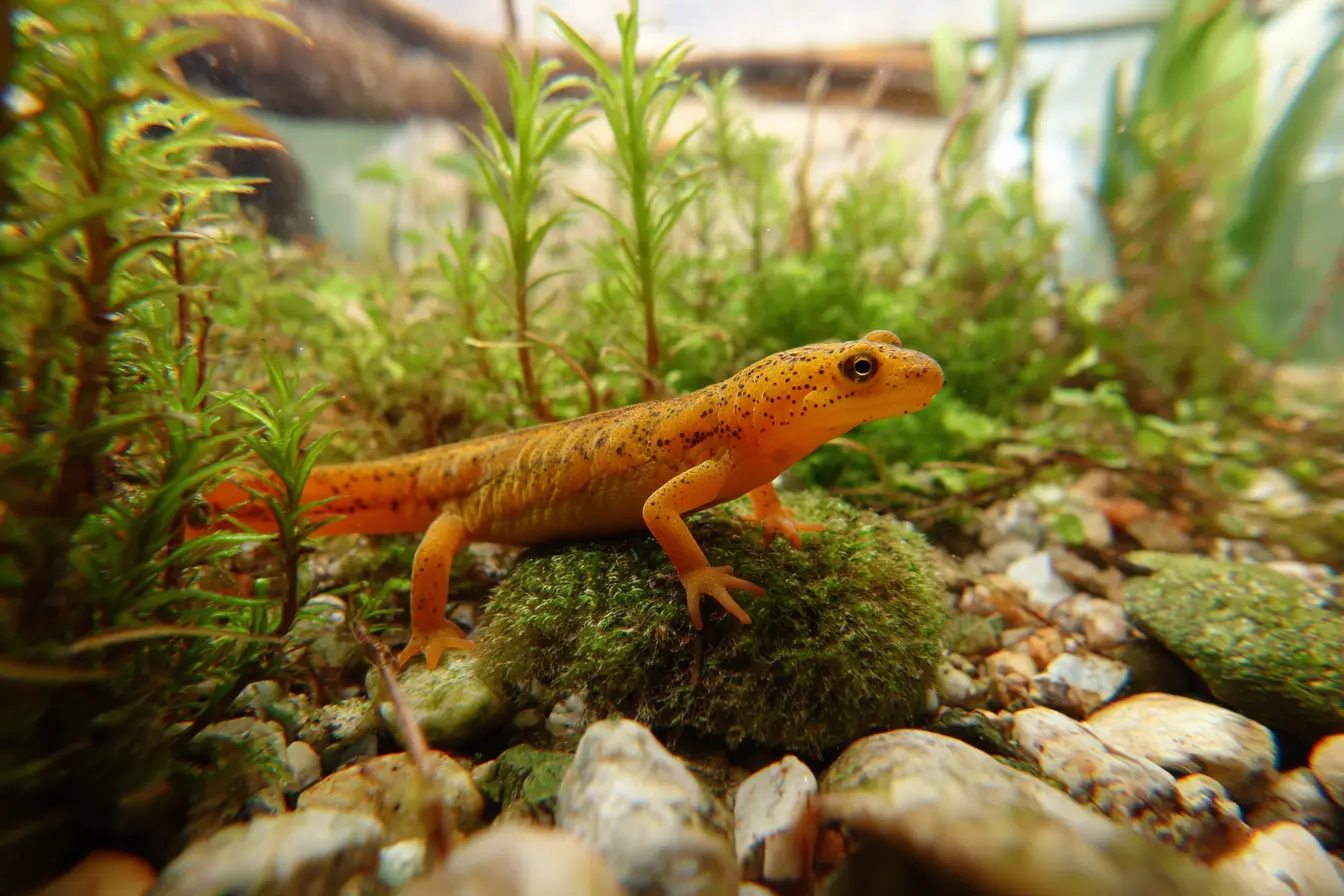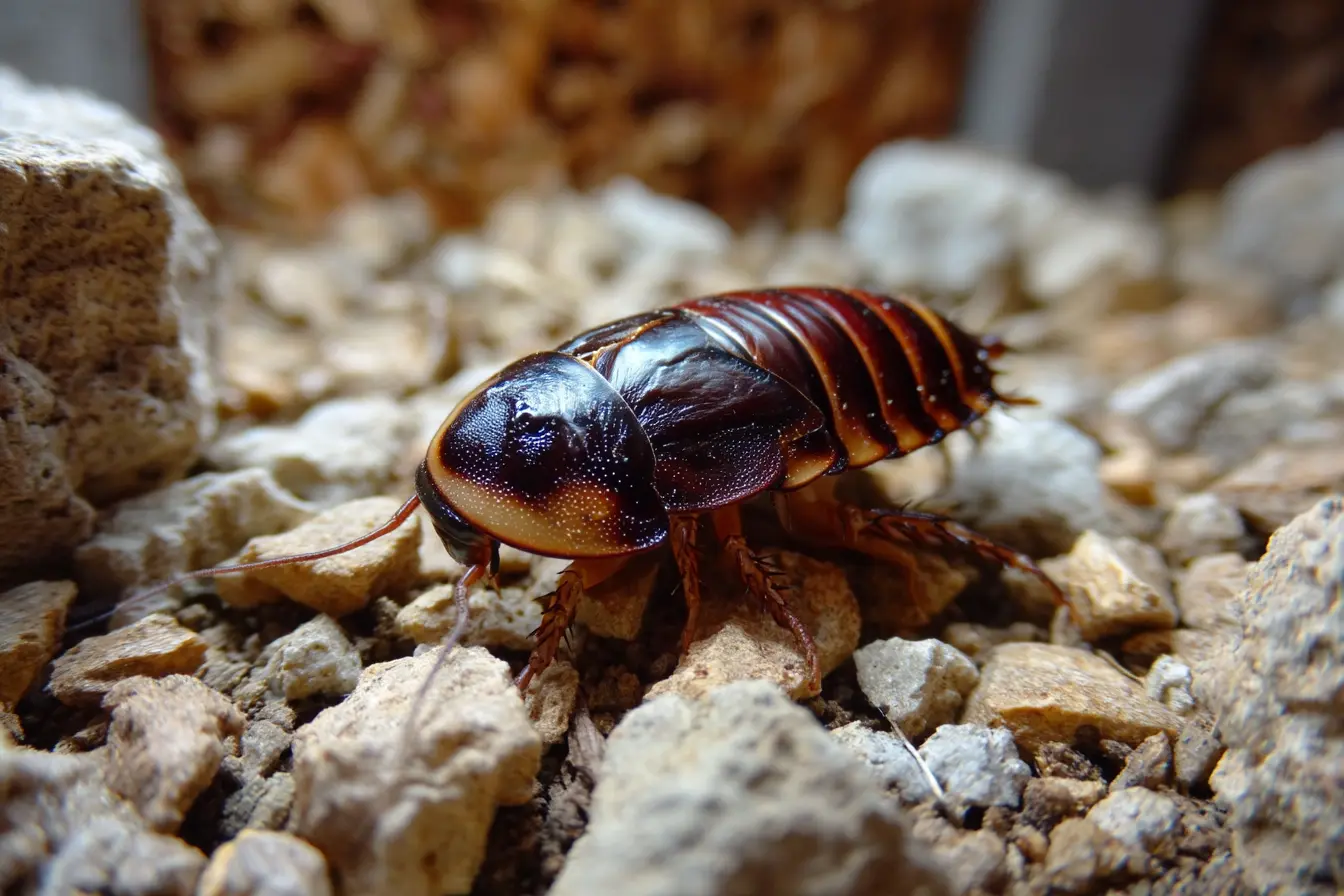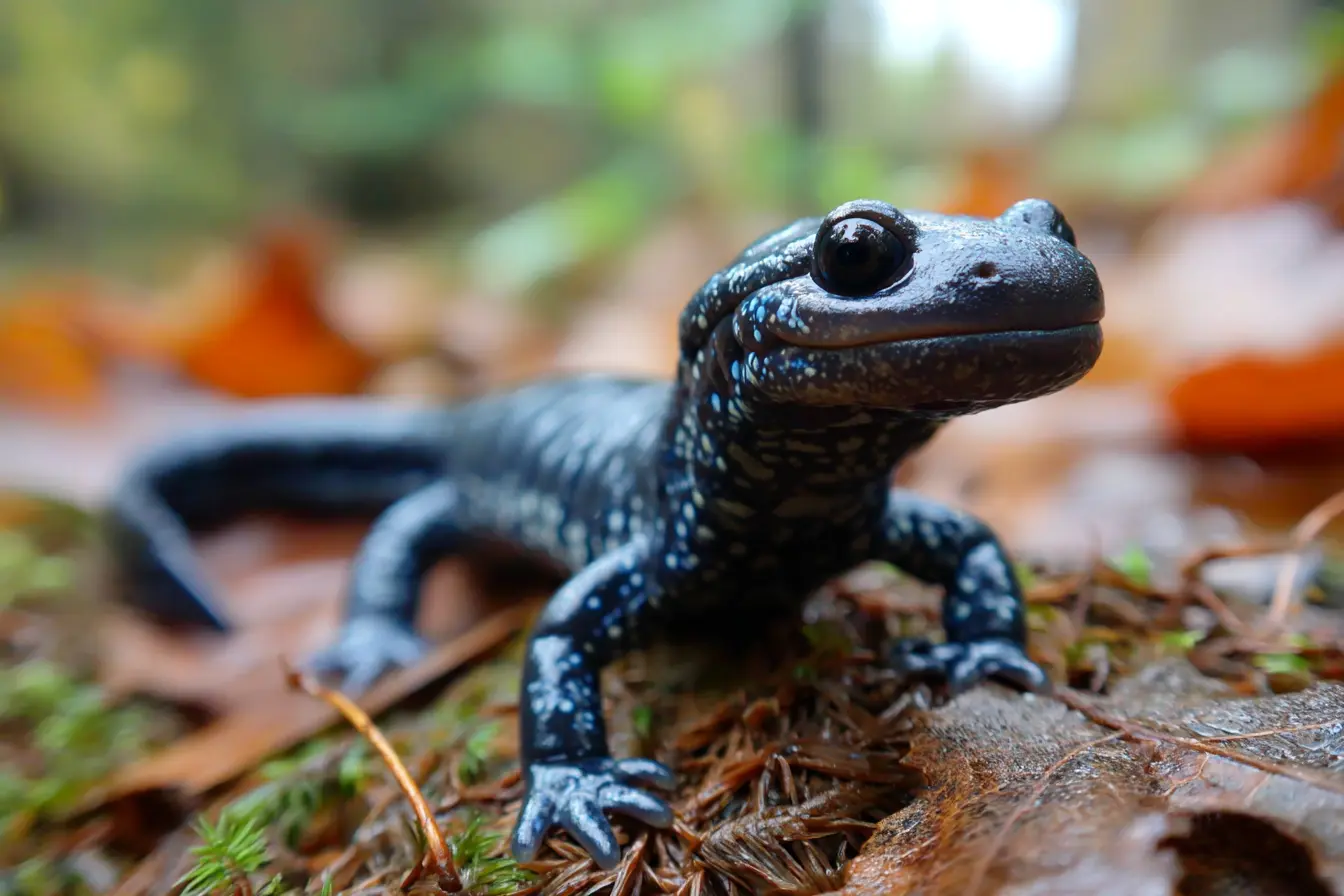
Keeping the Blue-Spotted Salamander
The blue-spotted salamander (Ambystoma laterale) is a stunning and elusive amphibian native to the northeastern regions of North America. Known for its dark body speckled with vibrant blue spots, this small and secretive species captures the interest of amphibian enthusiasts with its shy behaviour and striking appearance. As a member of the mole salamander family, it spends much of its time underground or hidden beneath natural debris, emerging primarily during moist conditions.
This comprehensive care guide covers everything you need to know about the blue-spotted salamander, including its natural history, housing, diet, and health care.
Physical Characteristics
Size
- Adults typically measure between 10 and 14 cm (4 to 5.5 inches) in total length.
Lifespan
- With proper care, blue-spotted salamanders can live for 8–12 years in captivity, though some may live longer with ideal conditions.
Colouration and Skin Texture
- Characterised by a dark, nearly black or slate-grey body covered in vivid, bright blue spots scattered across the back, tail, and limbs.
- The skin is smooth and moist, typical of many salamanders adapted to damp, terrestrial environments.
Sexual Dimorphism
- Females are usually larger and more robust than males.
- Males may appear slimmer and have slightly longer tails during the breeding season.
Legal and Ethical Considerations
Before obtaining a blue-spotted salamander, it is important to check local and national wildlife regulations. Many areas have restrictions or prohibitions on the collection of native amphibians due to conservation concerns. Captive-bred individuals are preferable, though they can be challenging to find due to the species' low availability in the pet trade.
As a protected species in some regions, it is crucial to prioritise ethical sourcing and responsible care.
Housing and Enclosure Setup
Blue-spotted salamanders are entirely terrestrial as adults and require an enclosure that replicates the cool, damp forest floors they inhabit in the wild.
Enclosure Size
- A single adult can be comfortably housed in a 40-litre (10-gallon) terrarium.
- A 75-litre (20-gallon) setup or larger is ideal for keeping multiple salamanders.
Substrate
- Provide a deep layer (7–10 cm) of moisture-retentive, burrow-friendly substrate such as:
- Organic topsoil (free of pesticides and fertilisers)
- Coconut fibre
- Leaf litter mixed with sphagnum moss
- A naturalistic or bioactive substrate is ideal, as it allows for natural burrowing behaviour.
Hides and Decor
- Supply plenty of hiding places using cork bark, rocks, logs, and leaf litter.
- Live moss or live plants can help maintain humidity and provide enrichment.
- A shallow water dish with clean, dechlorinated water should always be available.
Temperature and Humidity
- Temperature: 15–20°C (59–68°F) during the day; temperatures above 22°C (72°F) should be avoided.
- Humidity: 70–85%, maintained by misting the enclosure regularly and providing moist substrate.
- Seasonal cooling (including simulated winter brumation) can be beneficial, especially for breeding purposes.
Lighting
- Blue-spotted salamanders are nocturnal and do not require special lighting.
- Ambient room lighting is sufficient to establish a day-night cycle.
- UVB lighting is optional but can support plant growth in bioactive enclosures.
Diet and Feeding
Blue-spotted salamanders are insectivorous and thrive on a varied diet of small invertebrates.
Suitable Food Items
- Small earthworms and nightcrawlers (cut if necessary)
- Crickets (appropriately sized)
- Black soldier fly larvae
- Isopods and springtails (especially in bioactive setups)
- Small roaches
- Occasional waxworms or mealworms (sparingly due to high fat content)
Feeding Schedule
- Juveniles: Feed daily or every other day.
- Adults: Feed 2–3 times per week, providing a variety of prey items.
- Feeding is best done in the evening or after misting, when the salamander is more active.
Supplementation
- Dust feeder insects with calcium powder once a week.
- A high-quality multivitamin supplement once every 2–4 weeks is beneficial.
Behaviour and Handling
Blue-spotted salamanders are shy, reclusive animals, best suited as display pets.
Behaviour
- Nocturnal and secretive, spending most of the time hiding or burrowed.
- Become more active at night or after misting.
- Males may display increased activity during the breeding season.
- Communal housing is possible with sufficient space, though each individual should have access to multiple hides.
Handling
- Handling should be minimal due to their delicate, permeable skin.
- When necessary, use clean, wet hands or powder-free gloves.
- Always wash hands before and after contact to avoid transmitting oils or contaminants.
Health and Common Problems
When kept in proper conditions, blue-spotted salamanders are hardy, though certain issues can arise.
Common Health Issues
- Dehydration: From insufficient humidity or a dry environment.
- Obesity: From overfeeding or a diet too high in fatty insects.
- Skin infections: From unclean or excessively damp conditions.
- Stress-related inappetence: Often caused by handling or inadequate hiding spaces.
Preventative Care
- Provide a cool, humid environment with plenty of hiding places.
- Maintain a varied and balanced diet.
- Perform regular spot cleaning and occasional full substrate changes.
- Quarantine new animals to prevent the spread of disease.
Breeding Blue-Spotted Salamanders
Breeding is possible in captivity but requires seasonal environmental changes.
Breeding Triggers
- Simulate a winter cooling period by reducing temperatures for 2–3 months.
- After returning to normal temperatures and increasing moisture levels, males may begin courtship behaviour.
Reproduction
- Courtship involves a mating dance where males deposit spermatophores, which females pick up.
- Females lay eggs in temporary pools or damp environments, usually attached to submerged vegetation.
Larval Care
- Larvae are fully aquatic and should be moved to a separate aquatic setup with dechlorinated water.
- Feed larvae with live foods like daphnia or baby brine shrimp.
- After 1–2 months, larvae metamorphose into terrestrial juveniles and must be transferred to a terrestrial enclosure.
Conclusion
The blue-spotted salamander is a beautiful and low-maintenance amphibian species, ideal for naturalistic setups and those interested in observing subtle, nocturnal behaviours. While shy, their stunning blue speckling and fascinating natural history make them an exciting addition for dedicated amphibian keepers.
With proper housing, cool temperatures, and a nutritious, varied diet, blue-spotted salamanders can thrive and provide years of enjoyment. Though not suitable for handling, their peaceful demeanour and manageable care requirements make them an excellent choice for anyone interested in a quiet, low-interaction amphibian pet.
Vets near you
Speciality vets
- Aquatics vet specialists
- Birds vet specialists
- Camelids vet specialists
- Cats vet specialists
- Cattle vet specialists
- Deer vet specialists
- Dogs vet specialists
- Equines vet specialists
- Exotic vet specialists
- Goats vet specialists
- Pigs vet specialists
- Poultry vet specialists
- Sheep vet specialists
- Small Mammals vet specialists
- Wild vet specialists
